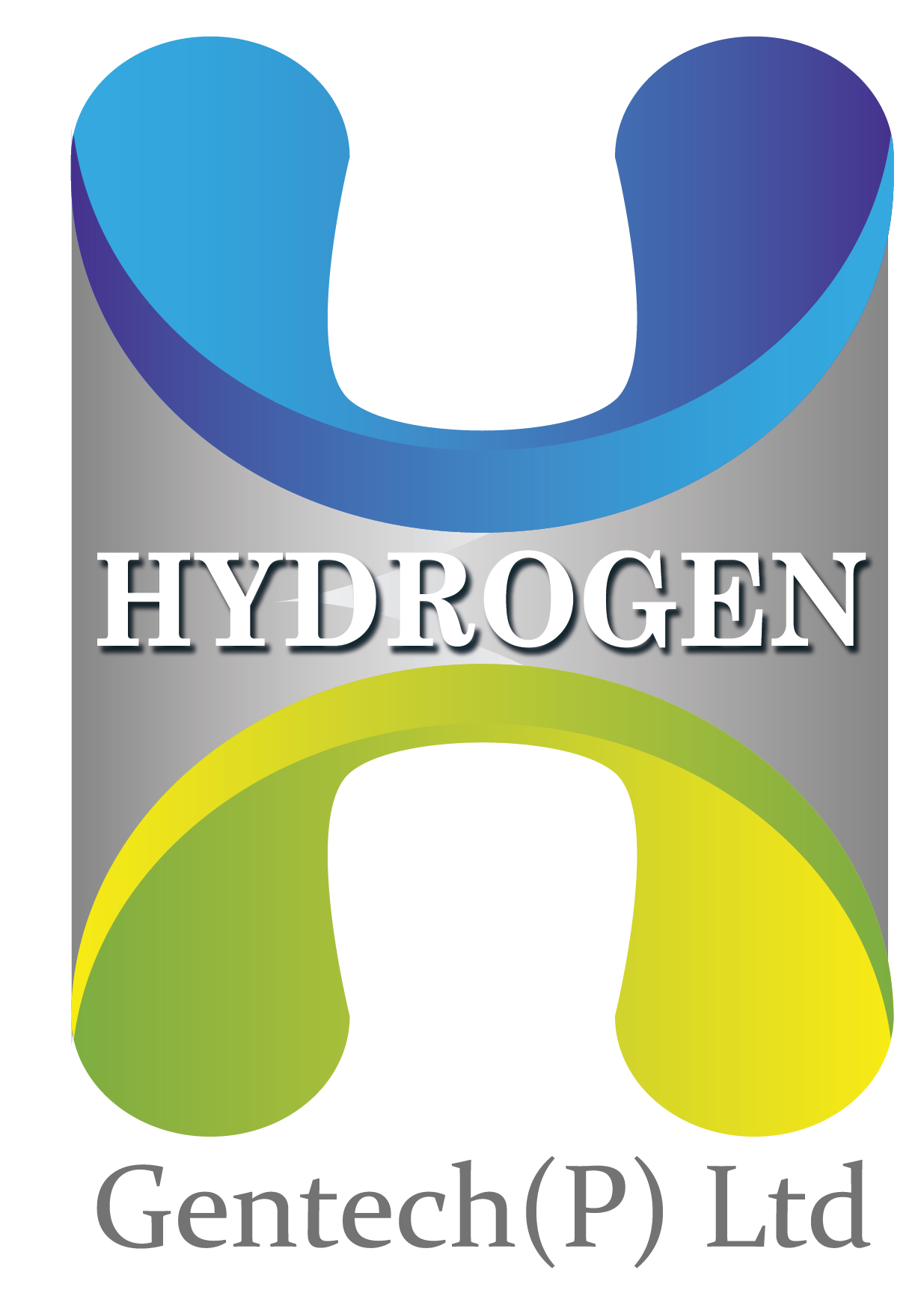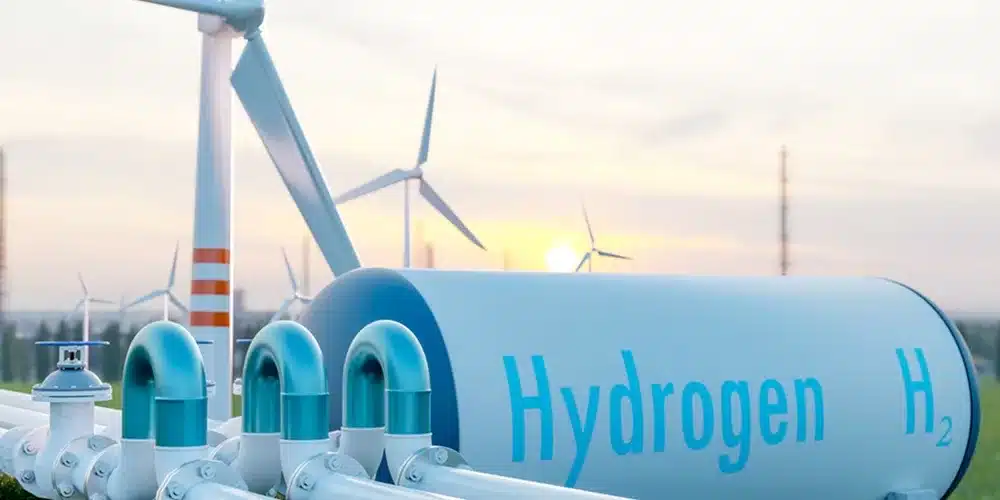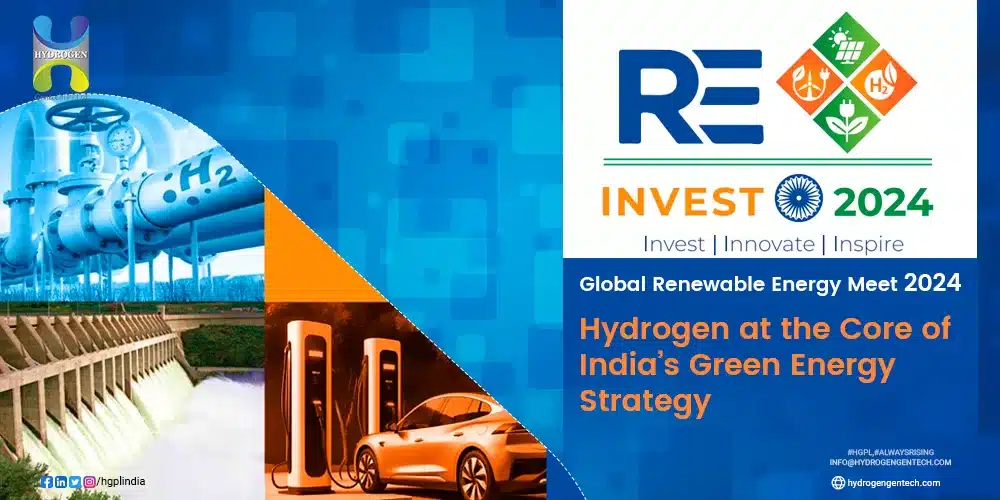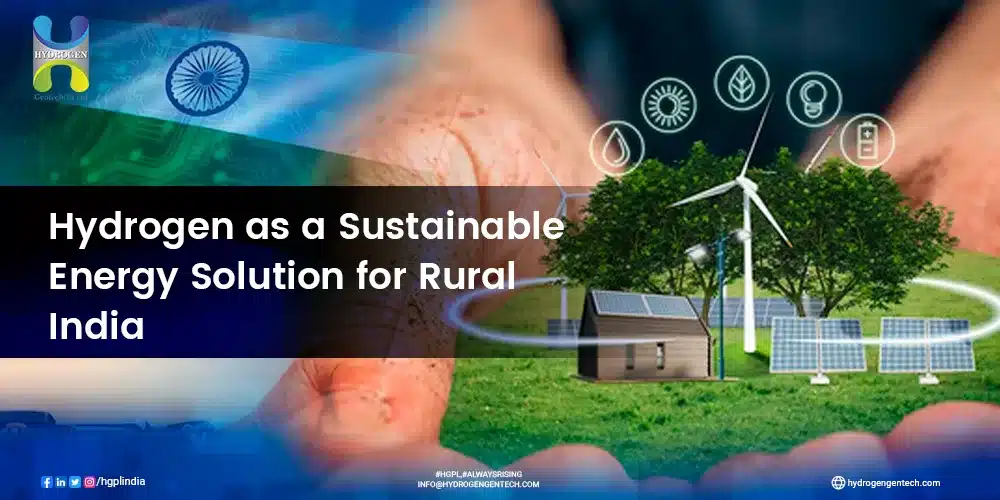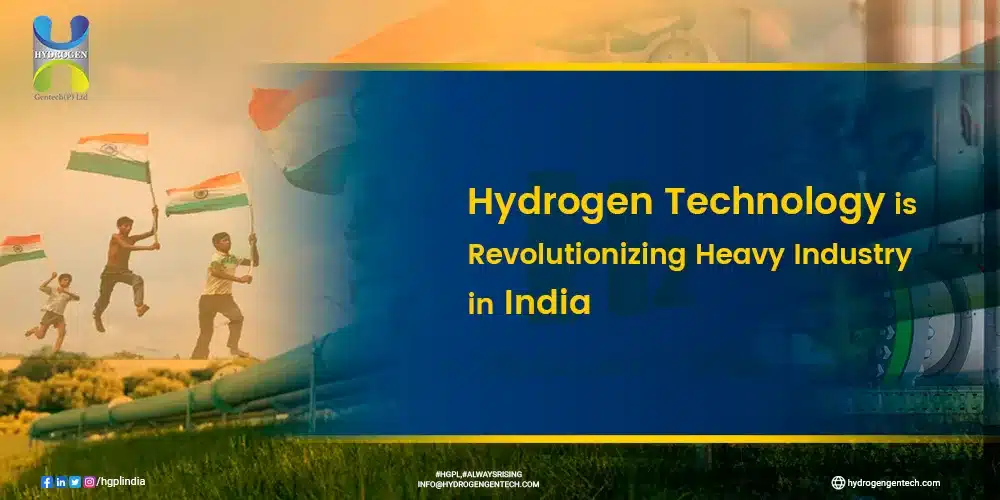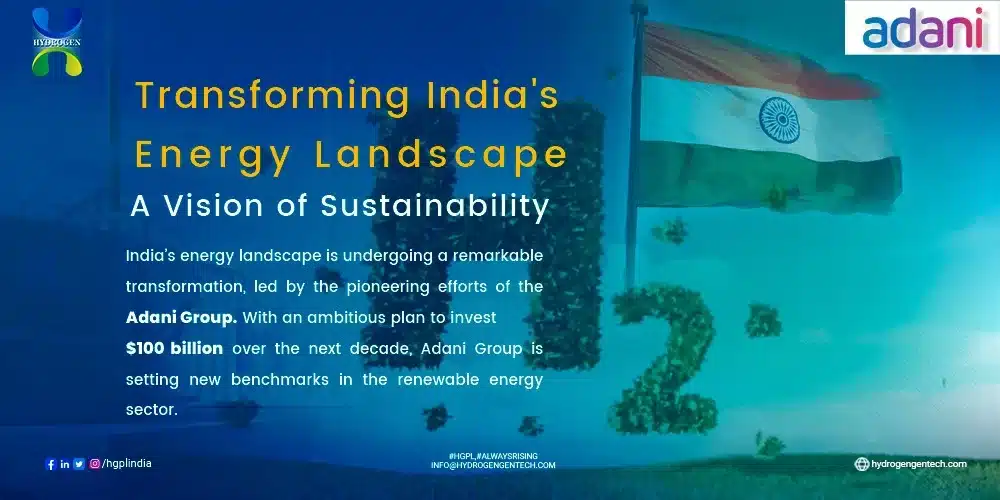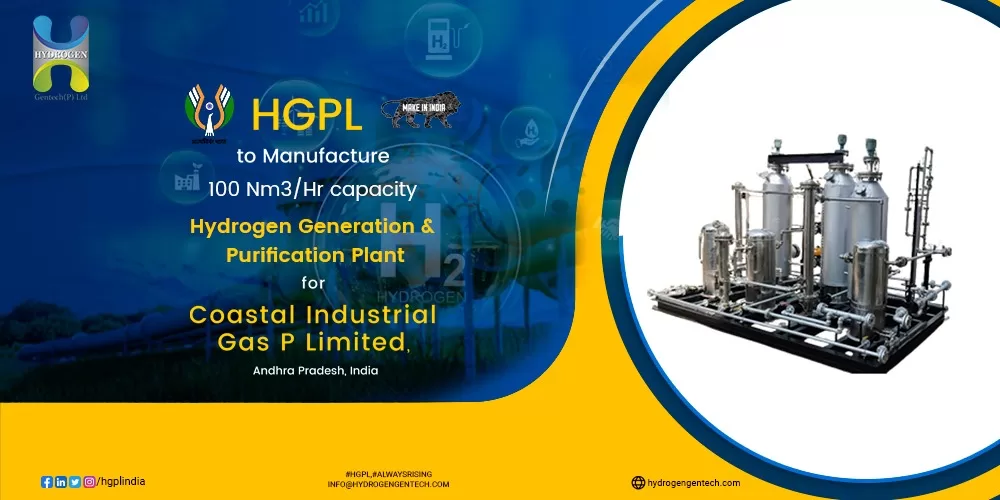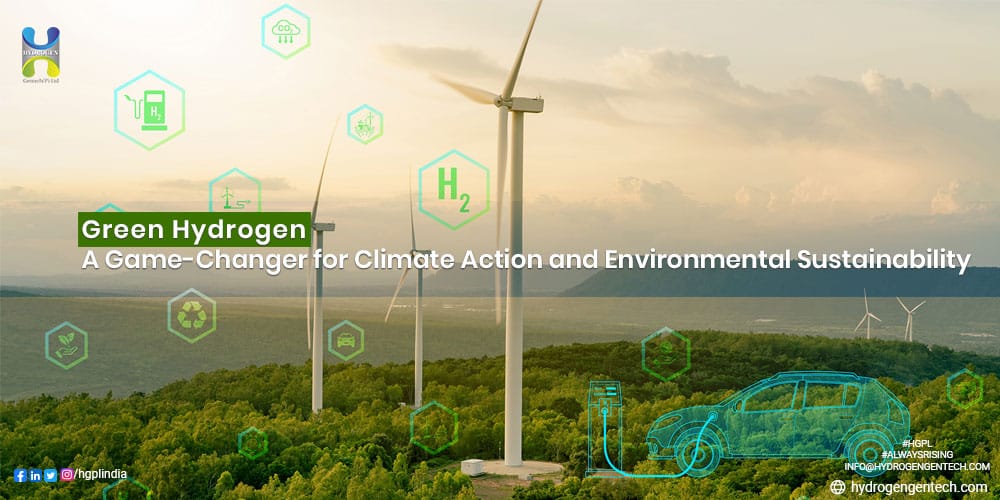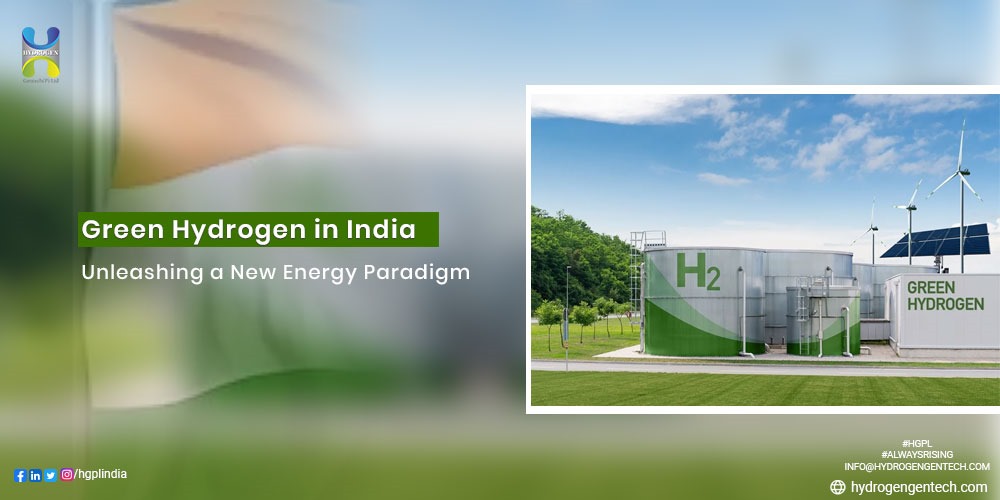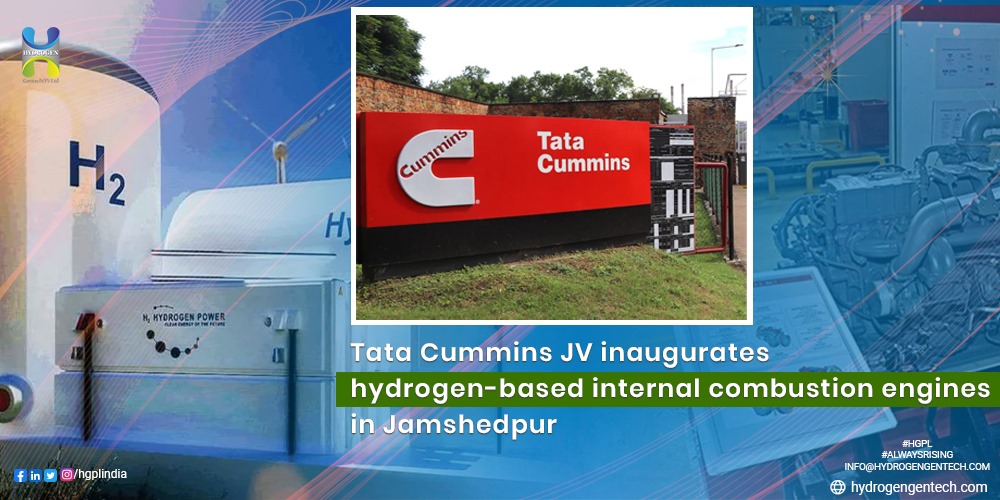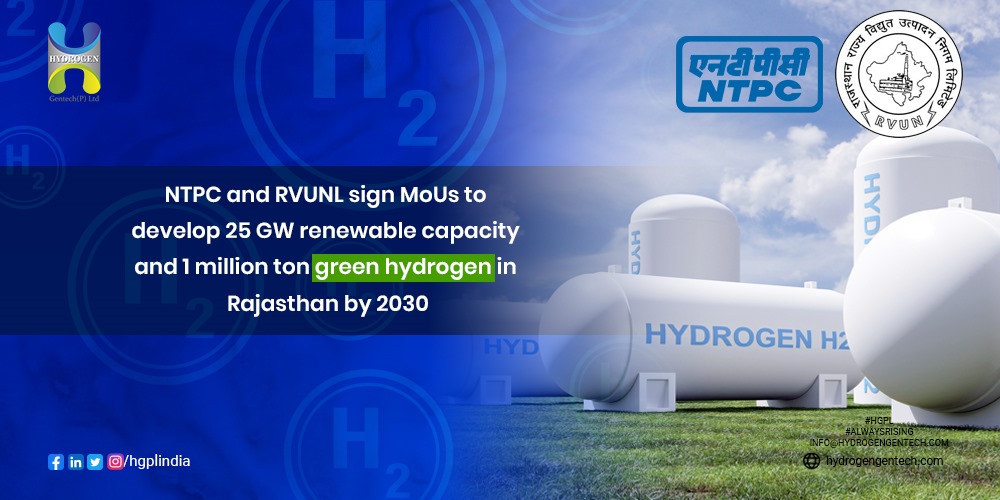As hydrogen gains global traction, businesses across manufacturing, refining, and heavy industries are exploring how best to integrate this fuel into their operations. One of the key decisions lies in choosing between green hydrogen and blue hydrogen—two cleaner alternatives to conventional grey hydrogen. While both offer substantial emission reductions, their production methods, infrastructure needs, and long-term benefits vary. This article helps B2B stakeholders evaluate the best fit based on strategy, sustainability, and scalability.
Quick Definitions
- Green Hydrogen: Produced via electrolysis of water using renewable energy (solar, wind, hydropower). Has zero carbon emissions.
- Blue Hydrogen: Produced from natural gas through steam methane reforming (SMR) but paired with carbon capture and storage (CCS) to reduce emissions.
Key Comparison Table
| Criteria | Green Hydrogen | Blue Hydrogen |
| Carbon Footprint | Zero emissions | Low (80–90% CO₂ captured) |
| Feedstock | Water + Renewable Energy | Natural Gas + CCS |
| Tech Maturity | Emerging, scaling fast | Mature, commercially proven |
| Long-Term Cost | Falling rapidly with RE & electrolyzer scale | Potentially high due to gas & CCS upkeep |
| Public Perception | Very positive | Mixed – considered transitional |
Factors B2B Businesses Must Consider
1. Regulatory Landscape & Incentives
- Governments are aggressively promoting green hydrogen through subsidies, mandates, and tax breaks. India’s National Green Hydrogen Mission, the EU’s Hydrogen Strategy, and the U.S. Inflation Reduction Act all provide policy tailwinds.
- Carbon taxation and stricter emission norms could reduce blue hydrogen’s cost competitiveness over time.
2. Use Case Fit & Deployment Timeline
- Blue hydrogen offers near-term scalability using existing gas infrastructure and SMR technology.
- Green hydrogen is ideal for long-term ESG goals, especially for industries looking to fully decarbonize supply chains.
- Energy-intensive users (like ammonia, refineries, steel) may use blue hydrogen as a stopgap but should chart a green transition path.
3. Infrastructure Compatibility
- Blue hydrogen benefits from repurposing natural gas pipelines, compressors, and SMR facilities.
- Green hydrogen may require new investments in electrolyzer capacity, RE integration, and hydrogen logistics (storage, trailers, pipelines).
- However, on-site green hydrogen generation using modular skids bypasses the need for hydrogen transport altogether.
4. Cost Dynamics & ROI Potential
- Green hydrogen costs are dropping sharply due to falling solar/wind tariffs and electrolyzer CAPEX reductions.
- Blue hydrogen may face rising costs due to natural gas volatility, methane leakage concerns, and CCS complexity.
- For manufacturers in renewable-rich zones (e.g., Rajasthan, Gujarat), green hydrogen offers superior ROI over the long term.
Strategic Insights for EPCs and Industrial Operators
EPC & Engineering Firms
- EPC players can develop Balance of Plant (BoP) solutions around green hydrogen, bundling electrolyzers, purification units, and power integration.
- Adding modularity and remote monitoring enhances scalability and operational safety.
Industrial Manufacturers
- Businesses located in RE-surplus areas can explore on-site green hydrogen generation to reduce Scope 1 and 2 emissions.
- Industries with high hydrogen demand (e.g., chemical, fertilizer, steel) can create hybrid models—blue for baseload, green for ramp-up.
Public Procurement & Global Perception
- Green hydrogen projects are often prioritized in public-sector tenders, joint ventures, and international supply chains.
- From a brand equity standpoint, green hydrogen enhances climate leadership and investor confidence.
Conclusion
There’s no universal winner in the green vs. blue hydrogen debate. Both have roles to play in the near term. However, from a futureproofing and ESG-alignment perspective, green hydrogen stands out. Its cost parity with grey/blue hydrogen is nearing faster than predicted, making it a sustainable and strategic choice.
For B2B decision-makers, choosing green hydrogen means:
- Staying ahead of carbon regulations
- Tapping into international green funding
- Enhancing long-term competitiveness
Investing early in green hydrogen is not just a sustainability move—it’s a business advantage in the making.
